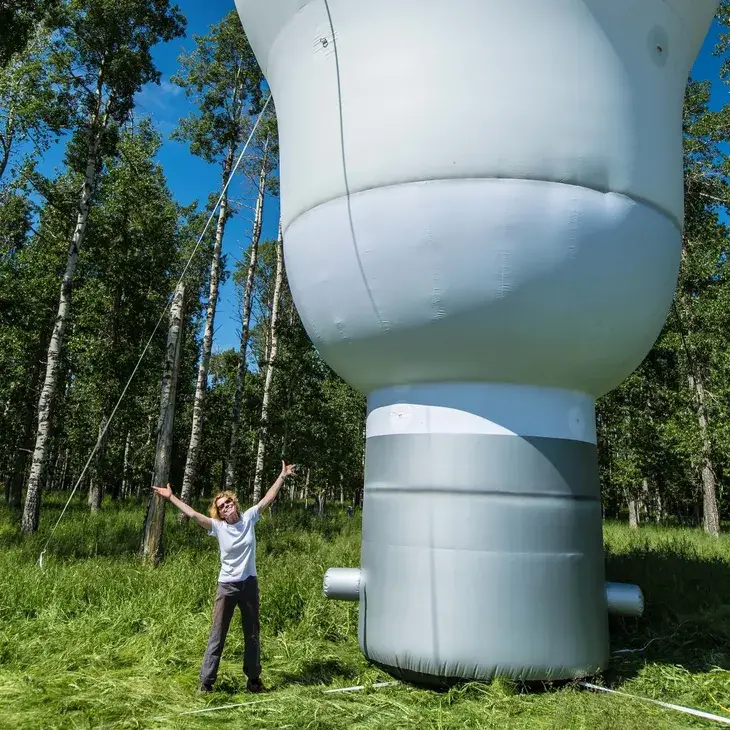A learning experience in an informal setting is not a classroom.
Event rules apply!
This checklist will help you shape and deliver your workshop in a user-centred style that will earn you rave reviews. Thank you for thinking this way – your audience will GREATLY appreciate it.
If you don’t like checklists, simply do this:
Put yourself in the shoes of a typical guest and walk through the entire experience.
What do they receive from you before they leave their house? Did they get a reminder with suggestions for what to wear and where to park? Is the venue entrance clearly marked? When they step inside the door, where do they put their coat if it is snowy? Does someone greet them? If so, what is the script for that person? (welcome, coat, bathrooms, seating).
You get the idea – very detailed, as though you yourself were physically stepping through it. From that point on, every minute of the experience is thought through from the user’s perspective, including their comfort, sightlines, audio, bathroom breaks and so on.
Please don’t speed through this, it is the minute-by-minute consideration that separates okay events from great events. Oh, and the content of course!
Preparing Your Presentation:
There are three rules that we typically ask all presenters to abide:
1) Ensure there is a seat for every participant. And please make sure participants are not inactive or standing for more than 10 minutes at a time.
2) Never lecture. Have conversations with participants. If you need to provide a monologue of information, ensure they are seated for this portion of the workshop. Within ten minutes of starting, ensure the participants have started to talk or do. Break up any lecture-style content into 10-minute segments or less. REINFORCED POINT: any lecture-style portions must be no longer than 10 minutes. People will retain less than 15% of what you deliver to them in lecture style. Keep the flow conversational and hands-on. Need some guidance? Talk to us about ways to help people learn by doing!
3) Visuals are great enhancements! If you are using Powerpoint, keep in mind this rule — NO text on slides except the title, signpost and closing slides. Your slides are not your speaking notes. If you have bullets on your slides, please replace them with an image or video that amplifies, illustrates or complements what you are saying. (Simple graphs or charts may contain text and that is fine). This is hard for most people to do so we have to stress, if you are delivering a workshop for us, NO TEXT ON SLIDES. We make this is a hard line because it is almost impossible for educators to unlearn.
This has many positive corollary influences on your presentation – it forces you to be in conversation, it adds another dimension of content, it’s more entertaining and more engaging (your brain is dominant in visual processing). TIP: Sometimes you can take a PPT that has text on it (usually bullet points) and simply put the text into the notes. Then find a super cool image or video to fill the whole screen instead. You have just doubled your impact as a presenter!
Checklist
The world’s most exhaustive event checklist is available for any workshop participant. It is designed for die-hard event specialists and is overkill for most purposes, but it does provide a good outline of thing you could consider. This list below is a simpler version.
BEFORE
- Do a complete walk-through of the venue and understand where people will be seated and how they will move about in the space.
- Time the entire workshop.
- Prepare welcome remarks. Remember land acknowledgement and thank you’s (be generous and creative, not formulaic)
- Rehearse anything you are going to say out loud. You will want to skip this step, but don’t.
- If you have a Powerpoint, have someone proof it
- Arrange food, beverages, materials, supplies, signage, parking
- Prepare a great music playlist (need background music for hands-on times)
- Prepare evaluation forms and takeaways (think about those extras that make this experience stand out)
- Send a reminder the day before with any special instructions about what to wear and/or parking
DAY BEFORE/DAY OF WORKSHOP
- Confirm presenters, food and beverage
- Load in
- Tech rehearsal
- Set out welcome table, name tags if using, seating, signage
- Get ready to deliver! Have music and flair elements to say, “You have arrived!”
- Have evaluation forms ready
AFTER WORKSHOP
- Send thank you or any follow ups that were promised during the workshop
